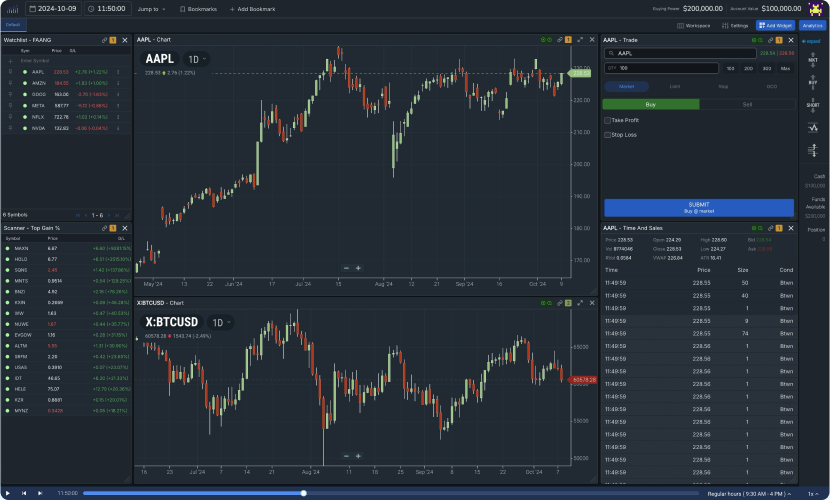Robin John (CEO) — Global markets remain tense as trade diplomacy attempts a cautious restart and geopolitical tensions continue to ripple through investor sentiment. The upcoming meeting between U.S. Treasury Secretary Scott Bessent, Trade Representative Jamieson Greer, and Chinese Vice Premier He Lifeng in Switzerland marks a critical point in the trade standoff between the world’s two largest economies. This is the first direct engagement since Washington imposed sweeping tariffs on Chinese goods and could serve as the first concrete step toward a broader de-escalation.
Yet, conflicting signals from Washington create uncertainty. President Trump recently hinted that new trade deals might be revealed in the coming weeks but later suggested a longer review period. At the same time, his administration doubled down on aggressive protectionist moves—announcing a 100% tariff on all foreign-produced films and signaling upcoming duties on pharmaceutical imports. These erratic policy shifts are keeping markets cautious and providing ongoing support to traditional safe-haven assets like gold.
The geopolitical landscape adds another layer of complexity. Russia has committed to a short ceasefire window but warned of retaliation if Ukraine does not reciprocate. Tensions also flared in the Middle East, with Israel’s cabinet approving a wider military push into Gaza, expected to begin following Trump’s upcoming regional visit. This blend of military activity and political brinkmanship continues to support demand for the Japanese Yen and gold while keeping investor risk appetite in check.
Meanwhile, the U.S. Dollar gained some strength ahead of the Federal Reserve’s highly anticipated policy decision. Markets are closely watching Chair Jerome Powell’s remarks for clarity on the rate path, especially in light of sustained inflation and solid labor data. This expectation has limited gold’s upside while giving a slight boost to USD/JPY, pushing the pair above the 143.00 mark.
On the energy front, oil prices saw a modest rebound on signs of early-stage U.S.-China trade talks and data pointing to tighter supply. Industry giants like Diamondback Energy and Coterra Energy indicated plans to scale back production, citing unsustainable prices. Their warnings, coupled with signs of declining U.S. inventories, helped lift oil prices after recent multi-session losses. Brent crude edged up to $62.58 while WTI rose to $59.14.
Despite these developments, U.S. equity markets ended Tuesday lower, weighed down by the absence of solid trade progress and jitters over the Fed’s next move. The Dow dropped 397 points, and both the S&P 500 and Nasdaq posted declines, reflecting the cautious mood prevailing among global investors.
U.S.-China trade talks, Trump tariffs, Federal Reserve decision, gold price outlook, oil market forecast, geopolitical risk, Israel Gaza offensive, Russia Ukraine ceasefire, USD/JPY forecast, stock market reaction





